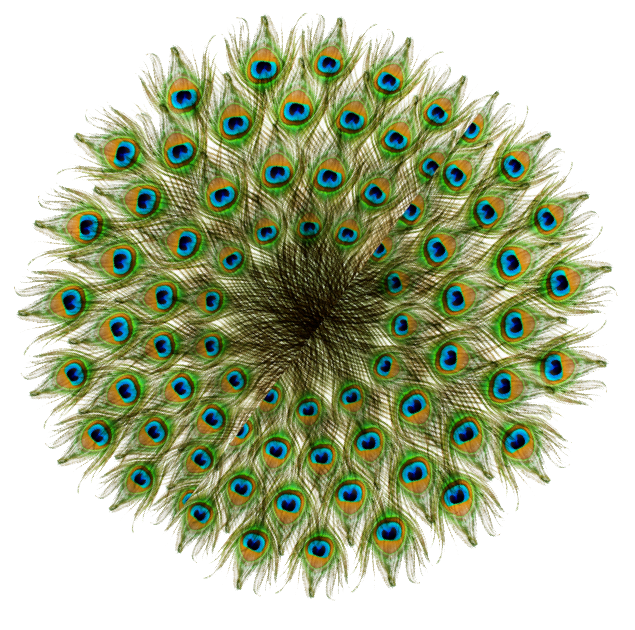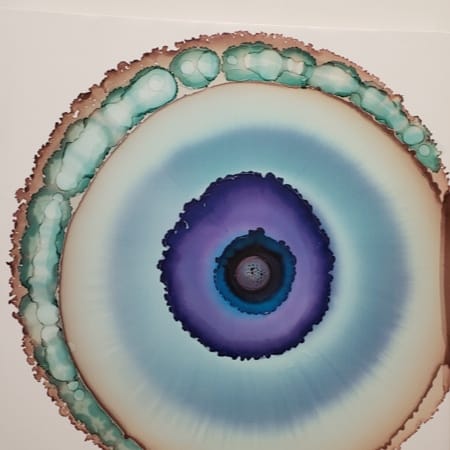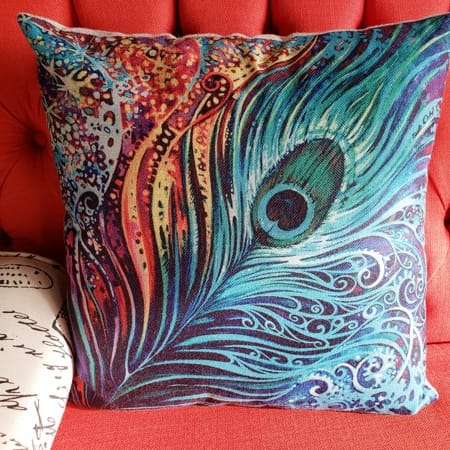Find Help for Your Eyelid Inflammation
Blepharitis is a chronic condition that causes eyelid inflammation. It generally occurs when the glands behind the eyelashes(the meibomian glands) become clogged, which leads to irritation and redness of the eyes.
There are several causes of blepharitis, and the condition itself is quite common. Causes include:
- Seborrheic dermatitis
- Infection
- Clogged or malfunctioning oil glands in your eyelids
- Rosacea
- Allergies, such as those to eye medications, contact lens solutions, or eye makeup
- Eyelash mites or lice
- Dry eyes



Symptoms & Complications of Blepharitis
Symptoms
Blepharitis symptoms are typically worse in the morning and include:
- Watery eyes
- Red eyes
- A gritty, burning, or stinging sensation in the eyes
- Greasy-looking eyelids
- Itchy, red, or swollen eyelids
- Skin flaking around the eyes
- Crusted eyelashes
- Sticking eyelids
- Frequent blinking
- Sensitivity to light
- Blurred vision that improves with blinking
Complications
Blepharitis can lead to several complications, including:
- Loss of or misdirected eyelashes.
- Scarring or turning of the eyelids.
- Excessive tearing or dry eyes caused by an abnormal tear film.
- Development of styes, an infection at the base of the eyelashes that forms a painful lump.
- Development of a chalazion, a blockage and inflammation of the meibomian glands resulting in a hard bump on the eyelid.
- Development of chronic pink eye (conjunctivitis).
- Injury to the cornea, including sores or infection.
Diagnosing Blepharitis
The cause of your blepharitis can be diagnosed during a comprehensive eye exam. Using a slit lamp, our optometrist will examine your eyelids and eyes for signs of the condition. A sample might be required to test the oils around your eyelids for bacteria, fungi, or allergies.
Treating Blepharitis
Blepharitis is a chronic condition, meaning it can’t be cured.
However, after we diagnose your blepharitis and determine the cause, we’ll build a personalized treatment plan designed to address your unique symptoms and cause specifically. This treatment may include a combination of items or may simply involve self-care measures you take at home.
Lifestyle & At-Home Remedies
You should always have your eyes examined by an optometrist before attempting at-home remedies. The following suggestions may offer some relief and may even be all you need, but expert advice is essential when avoiding complications down the road.
Keeping the area clean can help reduce or even resolve your symptoms. You will have to clean your lashes at least twice a day to be effective; however, you may need to clean the area more often. Use a face cloth soaked in warm water and gently massage your lids.
Some over-the-counter lubricating eye drops can help relieve dry eye symptoms associated with your blepharitis. But please consult us before trying this.
Try reducing or eliminating makeup around your eyes. Makeup can introduce additional bacteria to the area or may cause irritation.
In-Office Treatments
At Shelburne Optometry, we offer in-office treatments to keep your symptoms and condition under control.
Our optometrist may offer BlephEx treatments. BlephEx involves a simple procedure that cleanses the eyelids and removes excess bacteria, biofilm, and bacterial toxins.
Alternatively, we offer iLux treatments for meibomian gland dysfunction, which affects the quality or quantity of oil in your tear film. iLux uses an LED light to warm the eyelids and melt blockages in the meibomian glands.
We also offer Zocular Eyelid System Treatment (ZEST) as a way to maintain good eyelid hygiene. A sponge applicator and okra-based solution is used to gently exfoliate the eye to remove debris that could cause inflammation or infection.
These treatments are quick and non-invasive.
At-Home Treatments
You may be prescribed treatments you can manage at home, including:
- Antibiotic Medications: some antibiotics have been shown to relieve symptoms caused by bacterial infections around the eyelids. These come as eye drops, creams, and ointments.
- Anti-Inflammatory Medications: if you don’t respond to other therapies, you may be prescribed an anti-inflammatory steroid ointment.
- Medications for the Immune System: sometimes, blepharitis is caused by an immune response. There are medications designed to treat this.
- Treating Underlying Conditions: blepharitis is sometimes caused by seborrheic dermatitis, rosacea, or other diseases. Treating these conditions may relieve symptoms associated with blepharitis.
Find Relief from Blepharitis
Blepharitis can be challenging to treat, but our optometrists and eye care team are experienced in diagnosing and treating this problematic condition. If you’re looking for solutions to your blepharitis, please call us today so we can get you back to feeling yourself.

Our Location
You can find our office at 802 Main Street East, Unit #7, in Shelburne, Ontario. We’re located in the strip mall off Dufferin Road 124 and Highway 10, beside the Tim Hortons.

Our Address
- 802 Main Street East, Unit #7
- Shelburne, ON L9V 2Z5
Contact Information
- Phone: 519-925-3882
- Fax: 226-777-7150
- Email: [email protected]
Our Hours
- Monday: 9:00 AM – 5:00 PM
- Tuesday: 10:00 AM – 6:00 PM
- Wednesday: 10:00 AM – 6:00 PM
- Thursday: 11:00 AM – 7:00 PM
- Friday: 10:00 AM – 4:00 PM
- Saturday: 10:00 AM – 2:30 PM
- Sunday: Closed


Our Brands


























